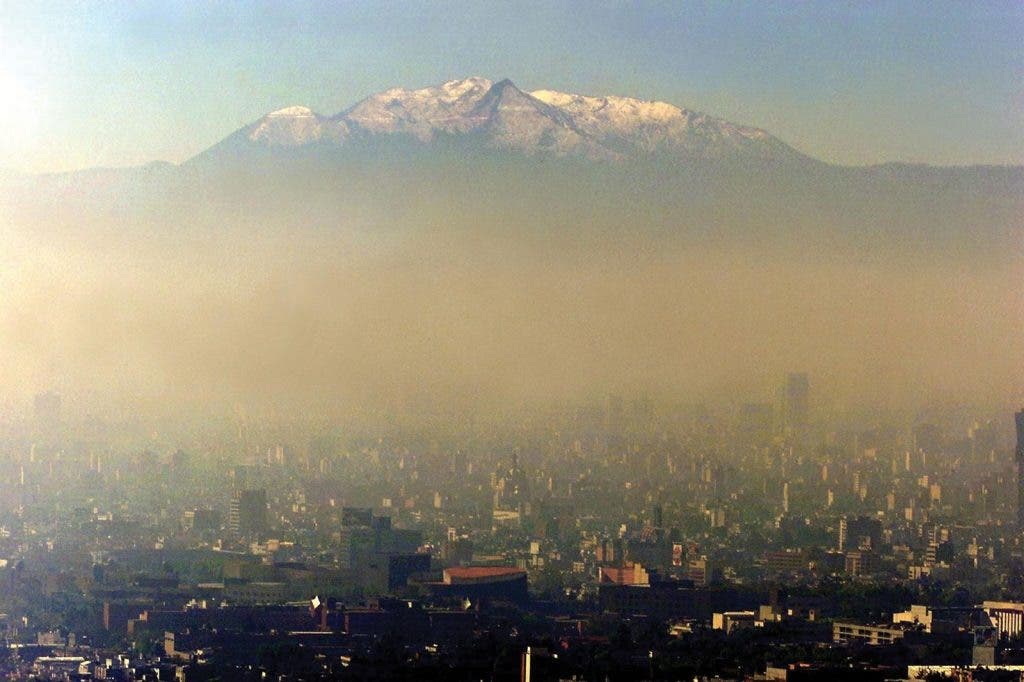City smog significantly lowers children’s IQ, while also raising the risk for Alzheimers disease. A new study has found that children living in highly polluted cities are at an increased risk for detrimental effects to the brain, including short-term memory loss.
Dr. Lilian Calderón-Garcidueñas, MA, MD, Ph.D and her team have conducted several studies focusing on pollution’s impact on our brain. She has previously found that among others, children growing in a polluted environment have a much larger chance of developing Alzheimers or Parkinson:
“Exposure to air pollution causes neuroinflammation, an altered brain innate immune response, and accumulation of Aβ42 and α-synuclein starting in childhood. Exposure to air pollution should be considered a risk factor for Alzheimer’s and Parkinson’s diseases, and carriers of the APOE 4 allele could have a higher risk of developing Alzheimer’s disease if they reside in a polluted environment”, she writes in the highly cited study.
Pollution is of course known to cause significant health issues. If the pollution levels are high enough, it can kill many organisms including humans. Water pollution kills some 15,000 people every day, and in India alone, 500 milllion people have no proper access to water and sanitation. Nearly 500 million Chinese lack access to safe drinking water. A 2010 analysis estimated that 1.2 million people perished prematurely each year in China because of air pollution. Now, this study adds more reason to worry – even living with smaller amounts of pollution causes significant brain damage, especially for children.
Mexico City is a good example – nearly 8 million children live in the crowded urban environment; the city growth, heavy industry and intense transportation exposes them to harmful concentrations of fine particulate matter in the air. This study focused on the city, grouping children into two groups by multiple variables, including age, gender, socioeconomic status and education, among others. The goal was to study differences in children with a specific gene, the ε4 allele, already known to increase a person’s risk of developing Alzheimer’s disease. They found that pollution further exacerbates that chance.
“The results add to growing data suggesting ε4 carriers could have a higher risk of developing early Alzheimer’s disease if they reside in a polluted urban environment,” Calderón-Garcidueñas said.
Also, another dangerous side effect is the reduction of IQ scores. Since most people living in Mexico city send their children to
underprovided public schools, children do not build cognitive reserves that serve as a defense to pollution impacts.
“A IQ difference of 10 points will likely have a negative impact on academic and social issues, including bullying and teen delinquency,” she said.
The effects of pollution are long lasting and vary greatly – from causing cardiovascular or respiratory issues to reducing IQ. This is the plague of our generation, one which may endanger the very core of our society.
Journal Reference: Lilian Calderón-Garcidueñas, Antonieta Mora-Tiscareño, Maricela Franco-Lira, Hongtu Zh, Zhaohua Lu, Edelmira Solorio, Ricardo Torres-Jardón, Amedeo D’Angiulli. Decreases in Short Term Memory, IQ, and Altered Brain Metabolic Ratios in Urban Apolipoprotein ε4 Children Exposed to Air Pollution. Journal of Alzheimer’s Disease, DOI 10.3233/JAD-142685










